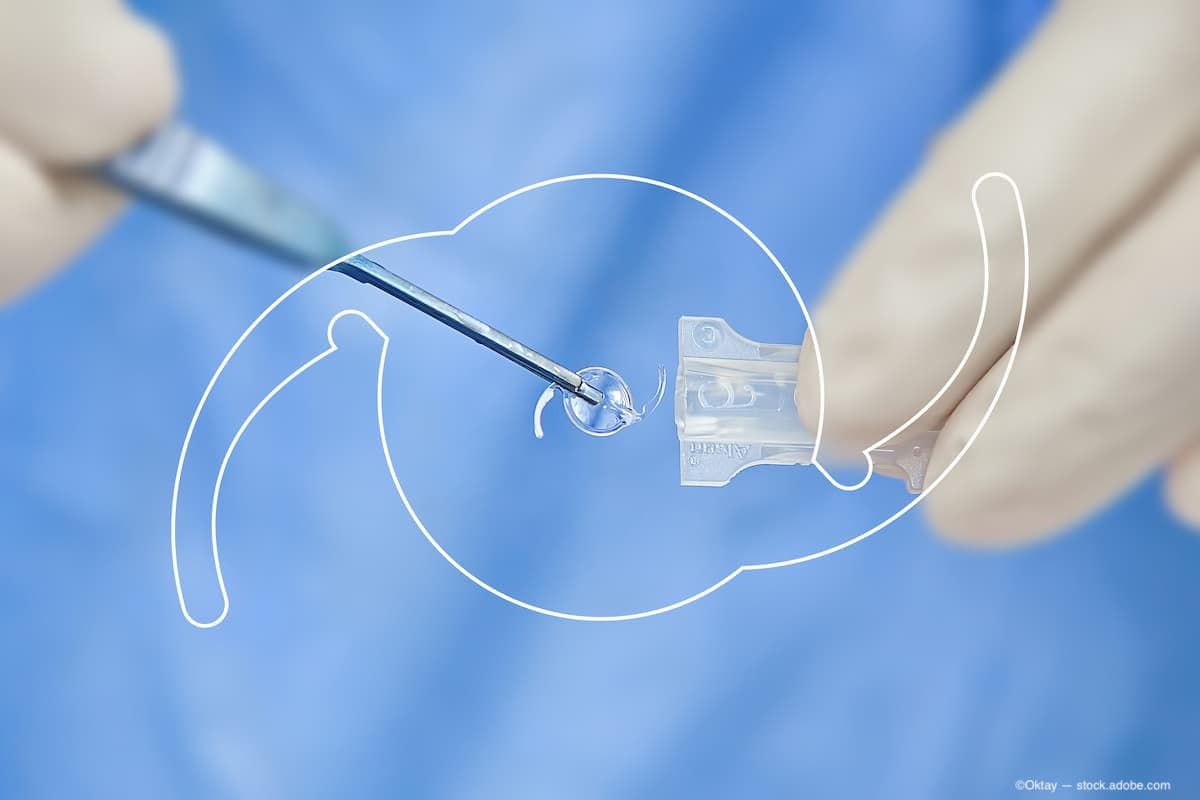Article
Planning tips and tools for IOL exchange
Careful preparation that includes planning ahead and going into surgery armed with the proper equipment and alternative strategies will facilitate easy and atraumatic explantation when performing IOL exchange, said Stephen S. Lane, MD.
Minneapolis-Careful preparation that includes planning ahead and going into surgery armed with the proper equipment and alternative strategies will facilitate easy and atraumatic explantation when performing IOL exchange, said Stephen S. Lane, MD.
“Assess the preoperative status of the IOL and capsule so that you can determine the best explantation technique, have your tool chest open with the correct instruments available, and be knowledgeable about and ready to use different maneuvers,” said Dr. Lane, medical director, Associated Eye Care, and adjunct clinical professor of ophthalmology, University of Minnesota, Minneapolis.
More in this issue: Glaucoma procedures decreasing among Medicare beneficiaries
Fundamental to planning IOL exchange is knowledge of the implant design and the position of the optic and the haptics. Surgeons should also know whether the capsulorhexis and posterior capsule are intact.
The list of tools to use in the procedure includes local anesthestic, which will make patients as comfortable as possible and prevent their movement during the procedure.
“Unless the surgeon is very comfortable with the techniques for IOL removal, it can be difficult to know how long the case will take,” Dr. Lane said. “It is important that the patient be both comfortable and still during the intraocular maneuvering.”
He recommended having a variety of hooks, microforceps, and bimanual I/A available for use in pulling and pushing on the lens, microscissors for cutting the implant, and vitrectomy in case it is needed. Intraoperatively, surgeons should work in a closed system as much as possible, under ophthalmic viscoelastic device (OVD), as that will enable manipulating the lens into the anterior chamber where it can be most easily accessed for removal from the eye.
OVD is also useful to help surgeons find or create a space between the IOL and anterior capsule.
Next: May have to sacrifice the integrity + Video
A good place to start this viscodissection is at the haptic-optic junction, as there is often a small opening there between the capsule and IOL. Then, a 30-gauge needle can be used as a tiny knife to dissect the anterior capsule edge off the IOL.
We want to hear what you think of our eNews! Click here to tell us now
Viscodissection with OVD is another way to break fibrosis between the capsule and IOL.
Once a space is created, more OVD can be injected using the regular cannula. However, surgeons should be careful not to overinflate.
Once the IOL is freed from the capsule, surgeons should make sure it moves within the bag before trying to prolapse it into the anterior chamber.
“If there is any area of adhesion, you may sacrifice the integrity of the capsular bag or at least cause zonular dehiscence in localized areas,” Dr. Lane said.
Various techniques can be used to remove the IOL through an unenlarged 3-mm incision. One method is to cut and remove a single quadrant of the lens. The remaining portion of the lens can be rotated and maneuvered out of the eye through the incision.
More commonly, surgeons choose to cut the implant in half using a microscissors. However, even while trying to steady the lens with a grasper, the lens may wobble as it is being cut.
Introducing the new IOL into the capsular bag before removing the first lens provides an underlying scaffold against which to do the cutting, and thereby is helpful for avoiding capsular damage. Alternatively, with the protection of the new lens in place, the IOL that is to be removed can also be refolded inside the eye to be explanted through a 3-mm incision.
Stephen S. Lane, MD
E: sslane@associatedeyecare.com
Dr. Lane is a consultant to companies that market IOLs and products used in IOL exchange procedures.
Newsletter
Don’t miss out—get Ophthalmology Times updates on the latest clinical advancements and expert interviews, straight to your inbox.





